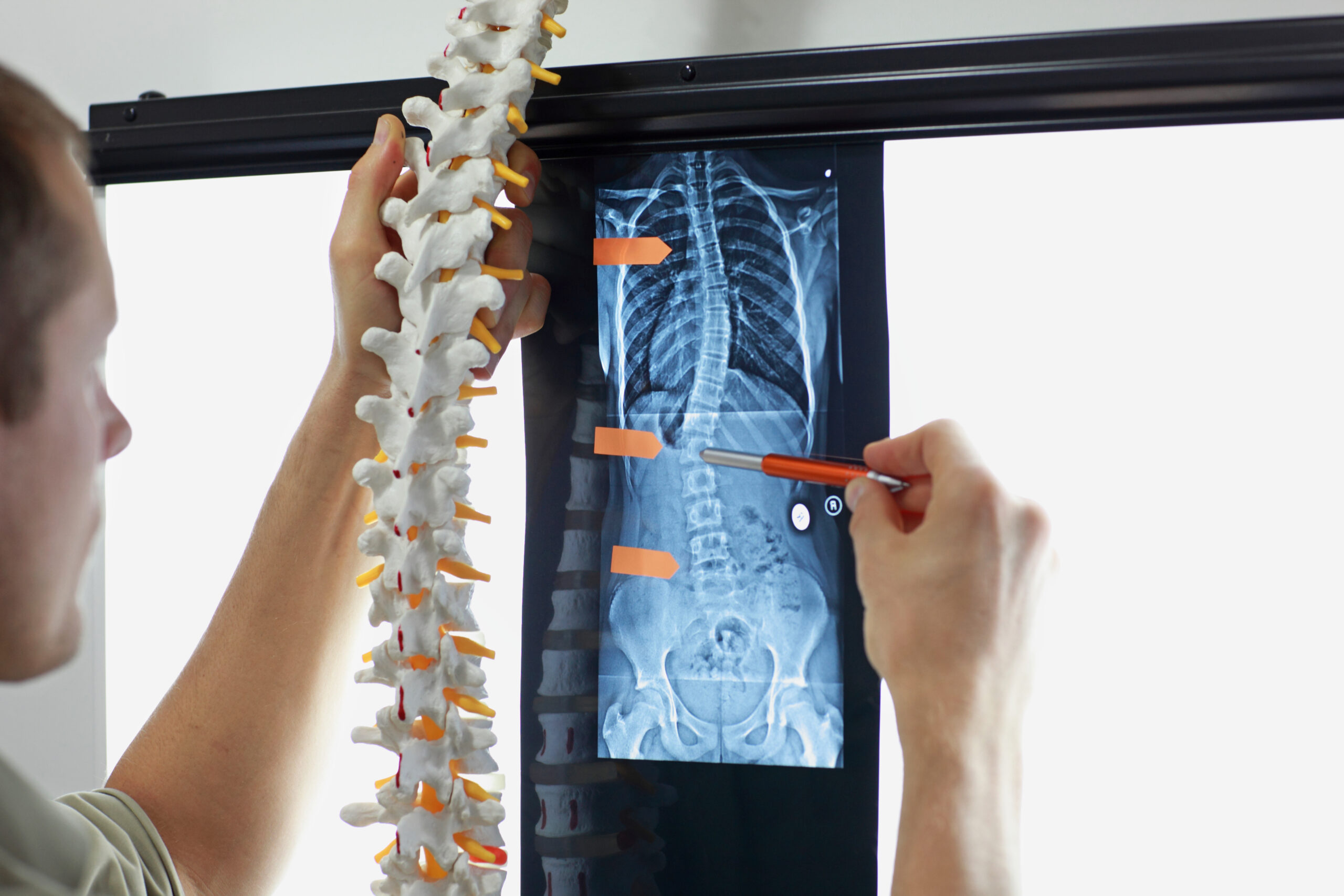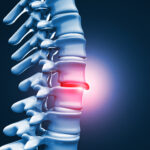
Scoliosis

A scoliosis curve can occur in the thoracic spine, the lumbar spine, or both areas at the same time. When the vertebrae in the mid and low back curve to the side, the normal appearance and condition of the spine and its muscles changes. The severity of the scoliosis is measured in degrees by comparing the curves to “normal” angles. Curves can range in size from as little as 10 degrees to severe cases of more than 100 degrees. The amount of curve in the spine helps your doctor decide what treatment to suggest. Conservative (nonsurgical) treatment is usually suggested for curves of less than 40 degrees, while curves over this amount may require surgery.
Book an appointment
"*" indicates required fields






